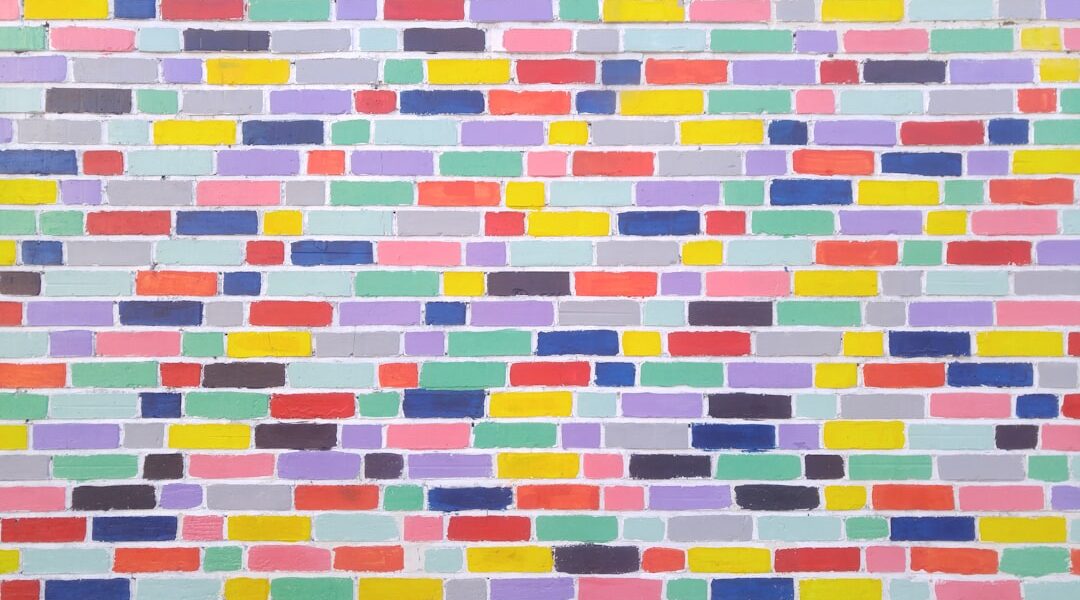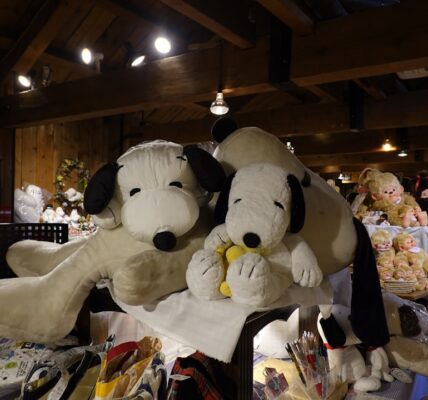Mexican blankets, also known as serapes, have a rich and colorful history that dates back centuries. The tradition of weaving blankets in Mexico can be traced back to the pre-Columbian era, where indigenous tribes such as the Aztecs and Mayans used them for warmth and protection from the elements. These early blankets were made from natural fibers such as cotton and agave, and were often dyed using natural pigments derived from plants and minerals.
The Spanish conquest of Mexico in the 16th century brought about significant changes to the production of blankets in the region. The introduction of sheep by the Spanish led to the use of wool in blanket weaving, and the influence of Spanish colonial design can be seen in the vibrant colors and intricate patterns that are characteristic of Mexican blankets. Over time, the art of blanket weaving became an integral part of Mexican culture, with each region developing its own unique style and techniques. Today, Mexican blankets are not only a practical item for warmth, but also a symbol of Mexican heritage and craftsmanship.
Key Takeaways
- Mexican blankets have a rich history dating back to pre-Columbian times, with influences from indigenous cultures and Spanish colonization.
- Mexican blankets are versatile in home decor, adding a pop of color and texture as throws, rugs, or wall hangings.
- Incorporate Mexican blankets into your wardrobe by using them as shawls, scarves, or even as a unique skirt or dress.
- Mexican blankets hold cultural significance as symbols of heritage, tradition, and community in Mexican and Mexican-American cultures.
- The artisanal craftsmanship of Mexican blankets involves traditional weaving techniques passed down through generations, creating unique and high-quality textiles.
- To care for and maintain Mexican blankets, hand wash in cold water and air dry to preserve the vibrant colors and intricate designs.
- Authentic Mexican blankets can be found at local markets, artisan fairs, and online stores that support fair trade and traditional craftsmanship.
The Versatility of Mexican Blankets in Home Decor
Mexican blankets are a versatile and stylish addition to any home decor. Their vibrant colors and intricate patterns can add a pop of color and texture to any room, whether used as a throw on a sofa or bed, or as a wall hanging. In living rooms, Mexican blankets can be draped over the back of a couch or folded neatly in a basket for a cozy and inviting look. In bedrooms, they can be used as a bedspread or folded at the foot of the bed for an extra layer of warmth and visual interest.
In addition to their decorative appeal, Mexican blankets can also be used as practical items around the home. They can be used as picnic blankets for outdoor gatherings, or as tablecloths for a festive touch during meals. Their durability and versatility make them a popular choice for both indoor and outdoor use, and their timeless appeal ensures that they will never go out of style.
How to Incorporate Mexican Blankets into Your Wardrobe
Mexican blankets are not just for home decor – they can also be incorporated into your wardrobe for a stylish and unique look. One popular way to wear a Mexican blanket is as a poncho, which can be achieved by simply draping the blanket over your shoulders and securing it with a belt. This creates a bohemian-chic look that is perfect for casual outings or music festivals.
Another way to incorporate Mexican blankets into your wardrobe is by using them as scarves or shawls. Simply drape the blanket around your neck or shoulders for an added layer of warmth and style. The vibrant colors and intricate patterns of Mexican blankets can add a touch of flair to any outfit, whether worn with jeans and a t-shirt or a more formal ensemble.
The Cultural Significance of Mexican Blankets
Mexican blankets hold deep cultural significance in Mexican heritage and traditions. They are not just practical items, but also symbols of identity and pride. The vibrant colors and intricate patterns of Mexican blankets often reflect the rich cultural heritage of the indigenous tribes and the influence of Spanish colonial design.
In Mexican culture, blankets are often used in traditional ceremonies and celebrations, such as weddings, quinceañeras, and religious festivals. They are also commonly used as gifts to honor special occasions or to show appreciation for loved ones. The use of Mexican blankets in these cultural contexts serves to reinforce their importance as symbols of tradition, community, and heritage.
The Artisanal Craftsmanship of Mexican Blankets
The production of Mexican blankets is a labor-intensive process that requires skill and expertise. Many Mexican blankets are still made using traditional weaving techniques that have been passed down through generations. Artisans carefully hand-weave each blanket on wooden looms, using techniques that have remained largely unchanged for centuries.
The materials used in the production of Mexican blankets are also carefully selected for their quality and durability. Wool is a common material used in blanket weaving, and it is often dyed using natural pigments to achieve the vibrant colors that are characteristic of Mexican blankets. The intricate patterns found in Mexican blankets are often created using a technique called jacquard weaving, which allows for complex designs to be woven directly into the fabric.
Tips for Caring for and Maintaining Mexican Blankets

To ensure that your Mexican blankets remain in good condition for years to come, it is important to properly care for and maintain them. When washing your blanket, it is best to hand wash it in cold water with a mild detergent, as machine washing can cause damage to the delicate fibers. Avoid using bleach or harsh chemicals, as these can cause the colors to fade and the fabric to weaken.
After washing, gently squeeze out excess water from the blanket and lay it flat to dry. Avoid wringing or twisting the blanket, as this can cause it to lose its shape. Once dry, you can fluff the blanket by shaking it out or gently brushing it with a soft-bristled brush.
When storing your Mexican blanket, it is best to fold it neatly and store it in a cool, dry place away from direct sunlight. This will help prevent fading and damage to the fabric. By following these simple care tips, you can ensure that your Mexican blanket remains beautiful and vibrant for years to come.
Where to Find Authentic Mexican Blankets
Authentic Mexican blankets can be found in a variety of places, both online and in stores. When shopping for a Mexican blanket, it is important to look for authentic handmade pieces that are produced by skilled artisans using traditional techniques. Many online retailers specialize in selling authentic Mexican blankets that are sourced directly from artisans in Mexico.
In addition to online retailers, you can also find authentic Mexican blankets at specialty stores that focus on fair trade and artisanal goods. These stores often work directly with artisans in Mexico to source high-quality blankets that are made with care and attention to detail.
If you have the opportunity to visit Mexico, you can also find authentic Mexican blankets at local markets and artisanal shops. These blankets are often sold directly by the artisans who make them, allowing you to support their craft while also bringing home a beautiful piece of Mexican heritage.
In conclusion, Mexican blankets are not only practical items for warmth and comfort, but also symbols of tradition, craftsmanship, and cultural pride. Their vibrant colors and intricate patterns add a touch of flair to any home decor or wardrobe, making them a versatile and timeless addition to any collection. By understanding the history and cultural significance of Mexican blankets, as well as how to care for and maintain them, you can fully appreciate the beauty and artistry behind these treasured pieces of Mexican heritage. Whether used as a throw on a sofa, a shawl for an outfit, or a gift for a loved one, Mexican blankets are sure to bring joy and warmth to any home or occasion.
Sure, here’s a paragraph that mentions a related article to Mexican blankets and includes a link to the related article:
“Mexican blankets are not only beautiful and vibrant, but they also hold a rich cultural significance. From their traditional use in Mexican households to their popularity in yoga studios and beach outings, these blankets have become a symbol of comfort and style. If you’re interested in learning more about the history and craftsmanship of Mexican blankets, check out this insightful article on Erthill. You’ll discover the fascinating stories behind these iconic textiles and gain a deeper appreciation for their enduring appeal.”
FAQs
What are Mexican blankets?
Mexican blankets, also known as serapes, are colorful, handwoven blankets that originate from Mexico. They are traditionally made from cotton, wool, or a blend of both materials.
What are Mexican blankets used for?
Mexican blankets are versatile and can be used for various purposes. They are commonly used as a warm and cozy wrap, a picnic blanket, a yoga mat, a wall hanging, or a decorative throw for furniture.
What are the typical designs and patterns of Mexican blankets?
Mexican blankets are known for their vibrant colors and intricate geometric patterns. Traditional designs often feature stripes, diamonds, and zigzag patterns in a wide range of colors, including red, blue, green, yellow, and orange.
How are Mexican blankets made?
Mexican blankets are typically handwoven on a loom by skilled artisans. The process involves carefully selecting and arranging the yarn to create the desired patterns and colors. The blankets are then finished with tassels or fringe along the edges.
Where can I buy authentic Mexican blankets?
Authentic Mexican blankets can be purchased from specialty stores, artisan markets, or online retailers that specialize in Mexican handicrafts. It’s important to look for blankets that are handmade by skilled artisans to ensure authenticity and quality.




